Hey team,
Hope you’ve been rocking it!
There’s a vast ocean of mediocre content being made on the internet every day.
Social media is littered with it.
Very few people are making anything truly remarkable.
Occasionally someone does.
Meet Ant Smith.
He’s the mastermind behind the Diary Of A CEO’s iconic Podcast trailers.
Ant is what I call a 100x Creator.
His impact is pretty insane:
The Diary of a CEO is the fastest growing podcast in the world
His unique content format is fundamental in driving that growth
The trailers drive immense curiosity and awareness around Podcast episodes.
They hook the viewer.
They drive crazy long average view durations.
This magic combination for the algorithm?
Has propelled the Podcast's YouTube channel to 7.4 Million Subscribers.
And over 500 million Podcast views!
The second order effects are equally powerful.
The trailers have become a collectors item for Celebrities and Best Selling Authors.
A career highlight moment.
What makes them so special?
What's the process behind them?
The formula?
The marketing psychology?
And how can you innovate to create a signature format of your own?
Let’s dive in:
1/ Underpinning everything is Storytelling
A lot of people mistake the success of the Diary of a CEO trailers.
They thinks it’s the flashy transitions.
The b-roll.
The sound effects.
The guests.
This misses the foundation of the format.
Which is storytelling.
A clear narrative from A to B.
We want to take our viewer on a clear journey and tell them a story.
How does Ant engineer this?
Reduces a 2 hour Podcast to 1 hour of the best soundbites
Transcribes them to a text file
Starts to build the story
What’s the narrative?
The key points
The lessons
The highs, the lows
The beginning and the end
The cliffhangers?
The bits to keep retention and peak intrigue
He cuts these elements into another text document that will fit within his final 90 second edit.
This is such a useful framing.
Ant is making a visual product.
But he designs it in text.
Does it read like a clear narrative?
Only a text document can tell him this.
He can’t cover up a bad story when it’s laid bare in a word document.
2/ The 4 Step Narrative System
Ok.
So we’ve got our word documents.
How exactly is Ant crafting the narrative?
After making 200 trailers he’s crafted a proven system.
Every trailer has to have these 4 ingredients:
The Hook
The Lesson
The Emotional Rollercoaster
The Cliffhangar
Let’s look at them in the trailer Ant created for Annie Jacobsen’s episode:
A pretty powerful combination.
Each element requires examination.
Let’s take them 1 by 1:
3/ What makes an epic hook?
There’s a common theme throughout DOAC’s trailer hooks.
The unexpected.
Here are some examples:
Have a think about what your audience expects from you.
Can you flip this?
Then elevate the hook with:
Music
Sound effects
Animated text
B-roll
This is the single most important part of the trailer.
If you lose on the hook?
No one sees the rest.
4/ The Lesson
Ok…
So our audience is hooked?
Now we want to give them a reward.
Ant calls this the ‘Life Lesson’ or ‘Lesson Taught’.
He thinks of them as loss leaders.
Yes, the purpose of the trailer is to drive interest in the Podcast episode.
But to do that, we need to win trust first.
We want to give our audience some juicy or helpful information.
“Oh wow, I didn’t know that”
“That’s really useful, I can use that in my day to day life”
This is crucial.
We want to earn that relationship with the viewer.
It becomes really important later in the trailer.
4/ The Emotional Rollercoaster
We’ve hooked our viewer.
Earned their trust.
But how do we keep them for 90 seconds?
And how do we make sure this is the best thing they see today?
Enter the ‘emotional rollercoaster’.
This tactic is fundamental for our story telling.
You can use it in 2 ways:
Traditional Storytelling
A trailer with Tim Grover opens with him in ‘Aggressive, confident, hard coach mode’ before transitioning into a scene where he’s broken down, vulnerable, crying.
We transition through emotional ups and downs.
It makes for an amazing story.
It’s like a Netflix documentary.
We’re gripped to the story.
Twists and turns
With expert guests sharing lots of information?
Ant likes to try something different.
We might not have the emotional highs and lows of a personal story to keep attention and transfer emotion.
So Ant inserts multiple hooks into these trailers.
Paul Brunson’s trailer, for example, has 4 hooks.
At any point we might be losing interest?
We’re jolted back into our seat with another hook!
Bonus:
This trailer uses an approach Ant calls the ‘The Defense Lawyer’ where each Hook answers a potential audience objection.
5/ The Cliffhanger
Every trailer ends with a cliff hangar.
And most trailers contain multiple cliff hangers.
Ultimately we want someone to watch the trailer and immediately want to listen to the full episode.
When you review your trailer:
Count how many reasons you’ve given the viewer to watch the full episode?
Are there enough unanswered questions?
Are the cliffhangers really good enough?
Would you genuinely want to go and listen?
Do you need to add more?
If you’ve earned the trust and given enough reasons to want more, your trailer should drive a lot of traffic.
6/ Guts, then science
DOAC are the masters of experimentation.
They fail fast.
Normally taking a gut feeling and then a/b testing to check the science backs it up.
Learning and adapting as they go.
An example from Ant:
Gut told him that starting trailers on B-roll isn’t a good strategy.
Why?
Because this footage isn’t as engaging as a shot of the guest sat in DOAC’s hot-seat…
But was he right?
They tested multiple opening visual hooks on Facebook.
And yes - opening with the guest in the chair always came out on top.
This informs their blueprint going forward.
Next up?
They’re currently testing split screens across content…
Make sure you are constantly A/b testing.
Refine your format.
Over time all of these 1% improvements will add up to a product that is streets ahead.
7/ Validating impact
How do you know if your trailer has been successful?
Ant likes to keep it simple.
Yes views and average view duration are important.
But he really values the comments:
8/ Should you let your guests see your trailer?
If you’re creating a trailer for a guest, or a social asset for a client…
You might be tempted to check it’s ok with them.
But DOAC don’t do this!
The guest doesn’t see their trailer until it’s out in the wild.
They do this for one simple reason:
People open up on the podcast.
Showing them the trailer before it’s been released gives them the opportunity to second guess what they said and panic.
Many guests such as Maisie Williams who opened up about her traumatic past, receive a tsunami of support once their episode goes live.
It’s highly likely they’d have cut these sections if shared in advance.
9/ Creative Values
DOAC are one of the world’s best podcasts.
How are they so good?
Ant believes the team operate with 3 values that allows them to thrive as Creatives:
Ok, that’s a wrap!
The full episode with Ant Smith is out now:
Reply or drop me a comment if you found this useful?
I read every one.
Want to make Diary of a CEO style podcasts of your own?
Check out my Podcast agency 7xContent.
We’d love to help you.
Hope you have a great week!
Callum
How can I help you?
Maybe you need more than you get in these emails?
Here’s how I can help:
Reply to this email and I’ll answer your question
Create Social First Podcasts with my Agency 7xContent
Listen to my other Podcasts with Creators
Follow my socials for daily tips
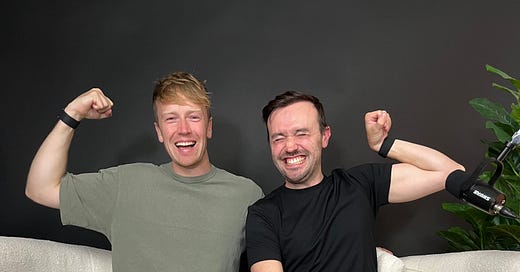


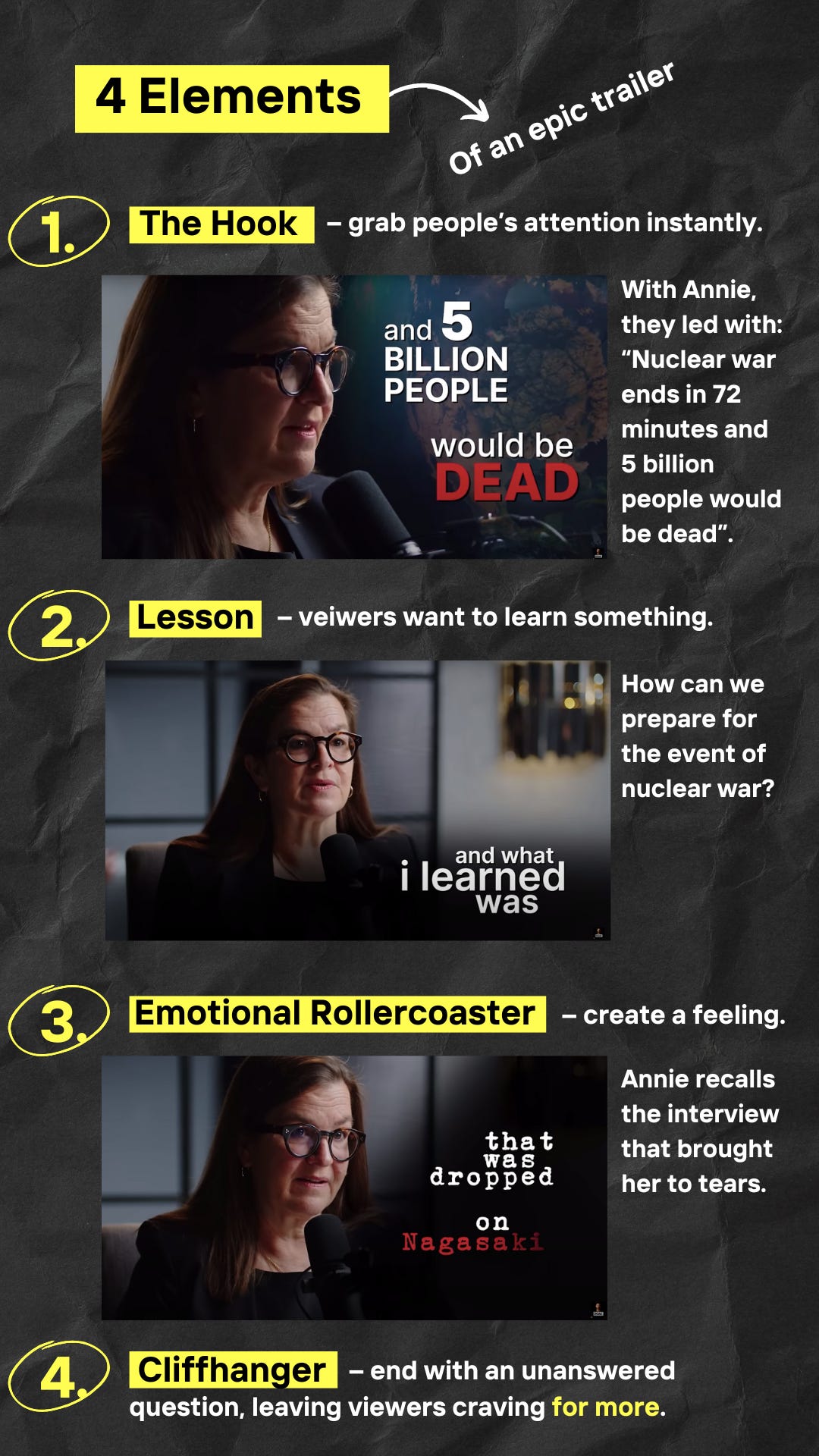
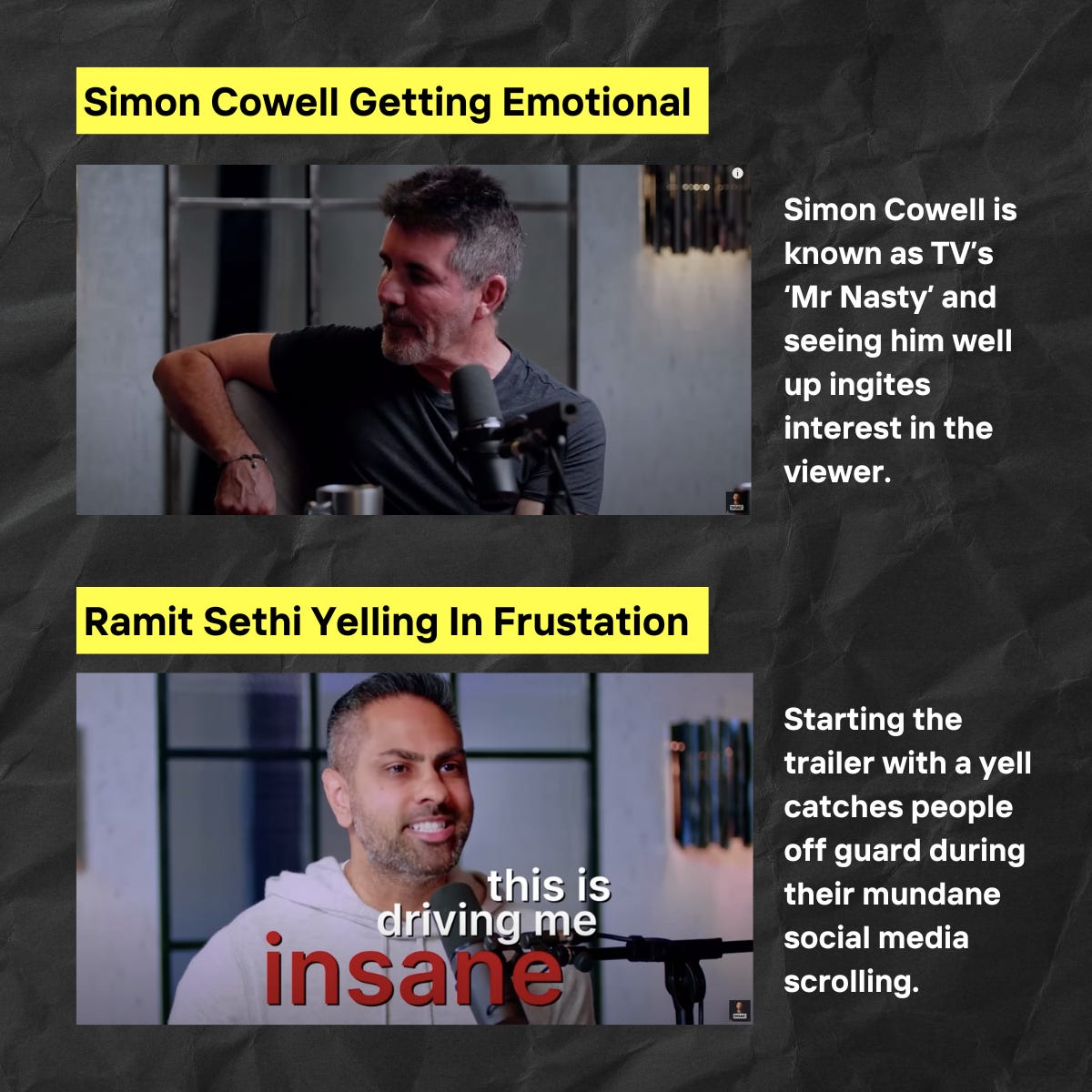
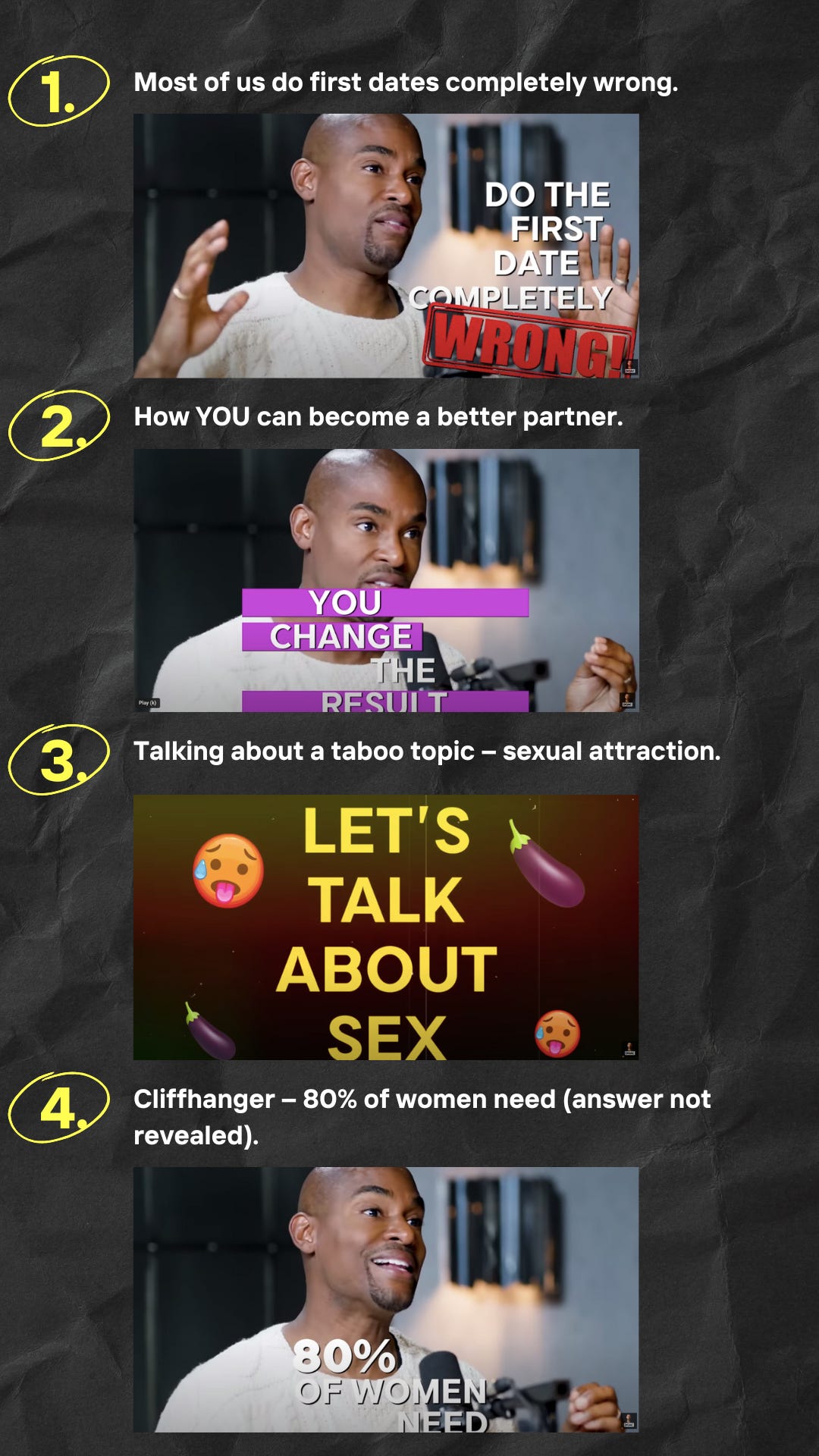
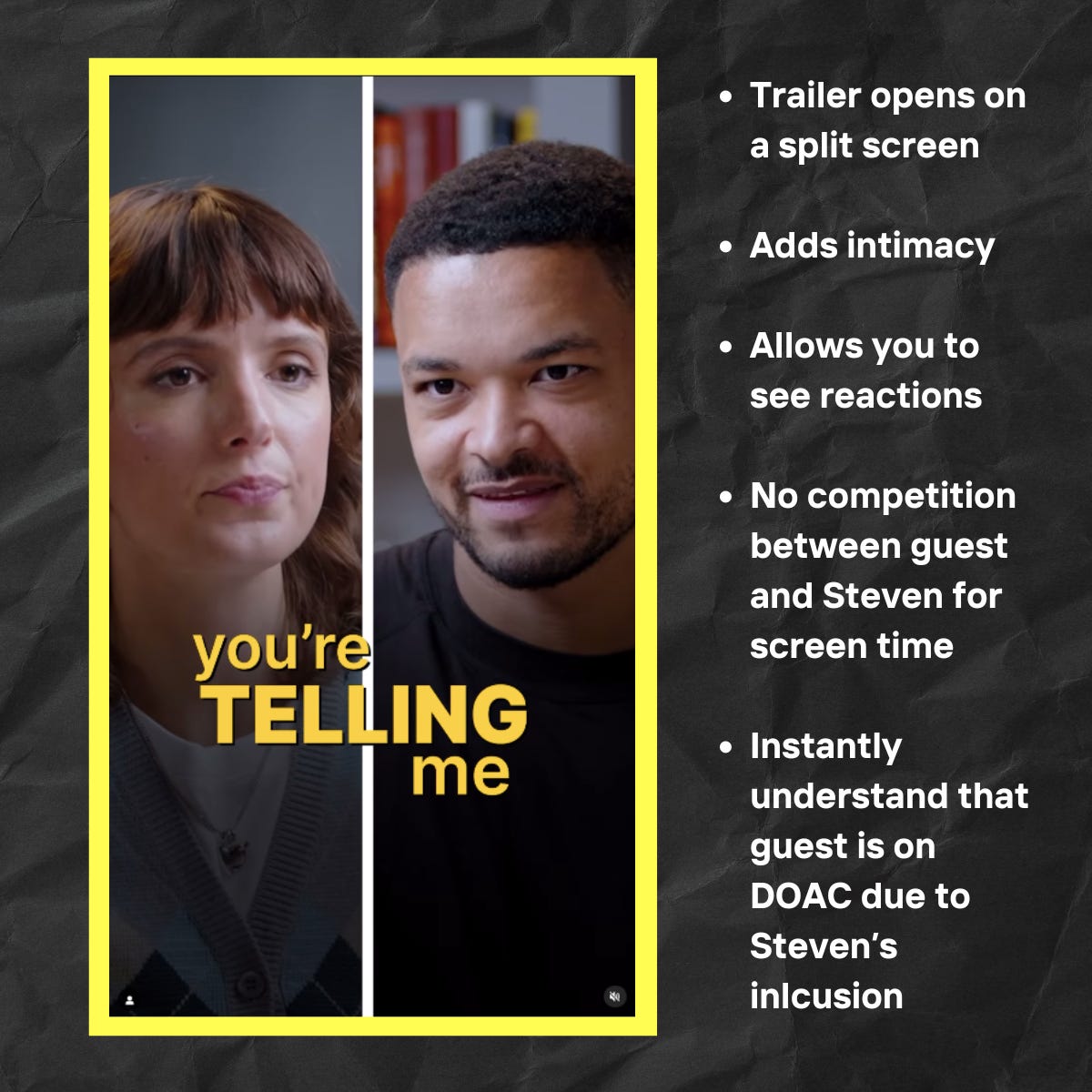
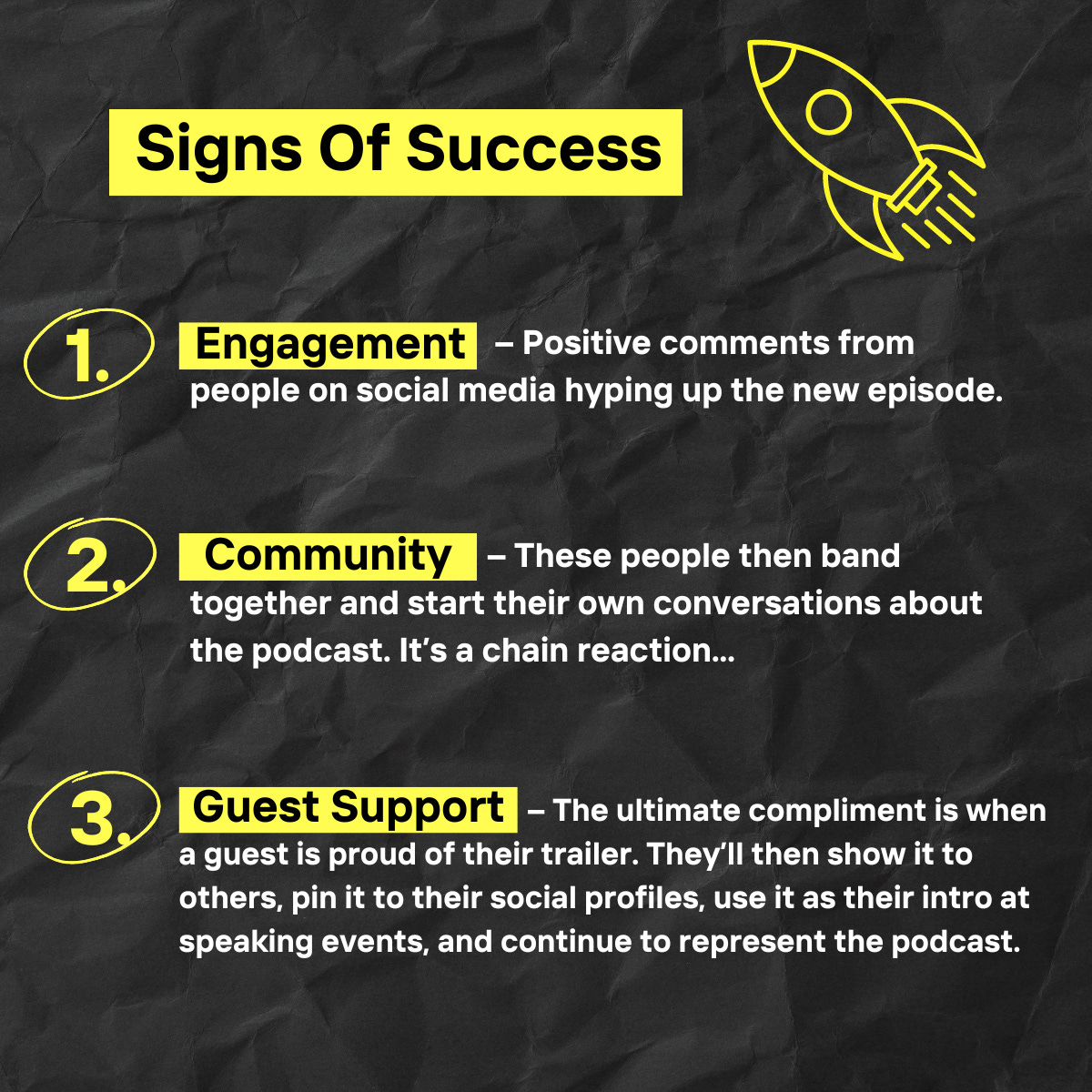
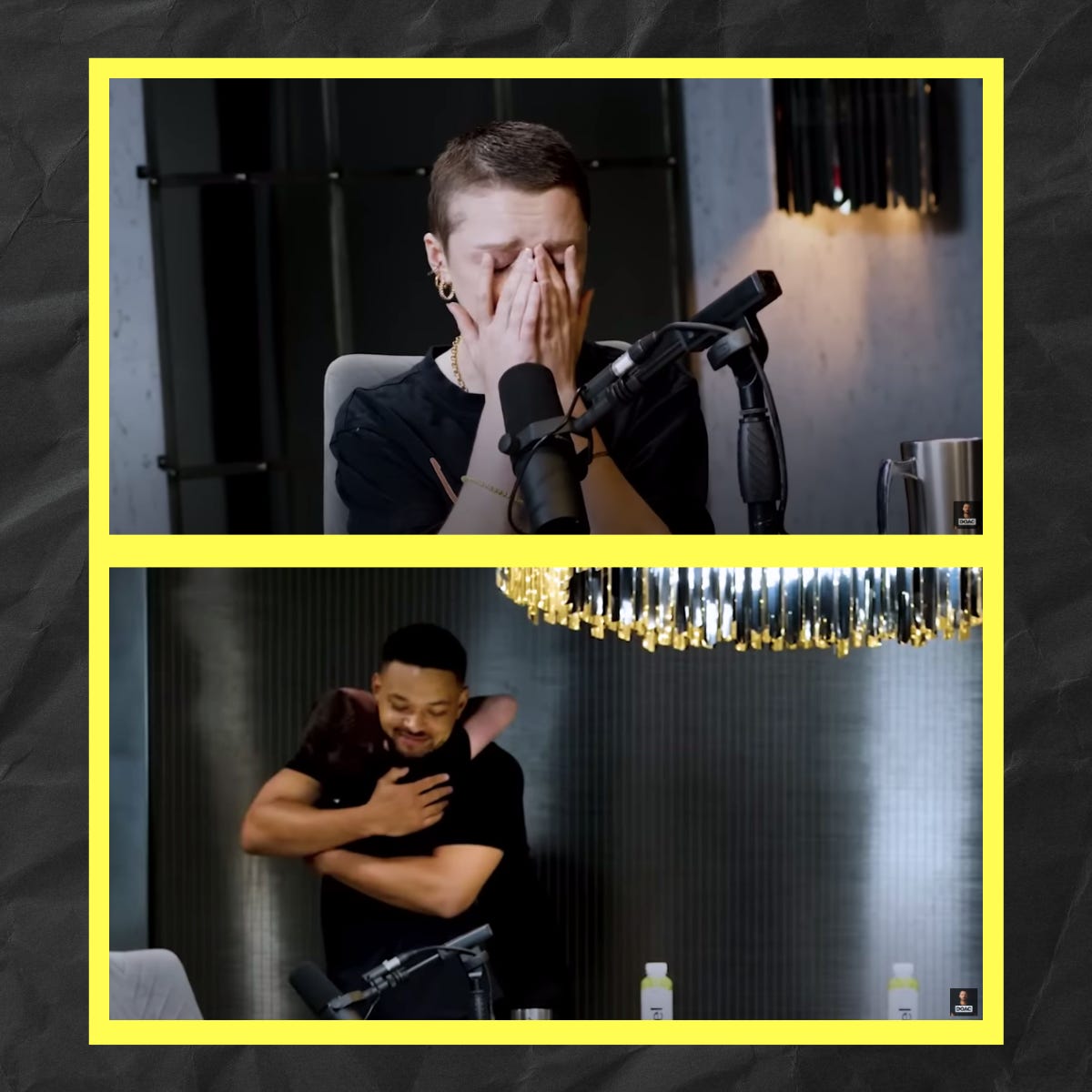
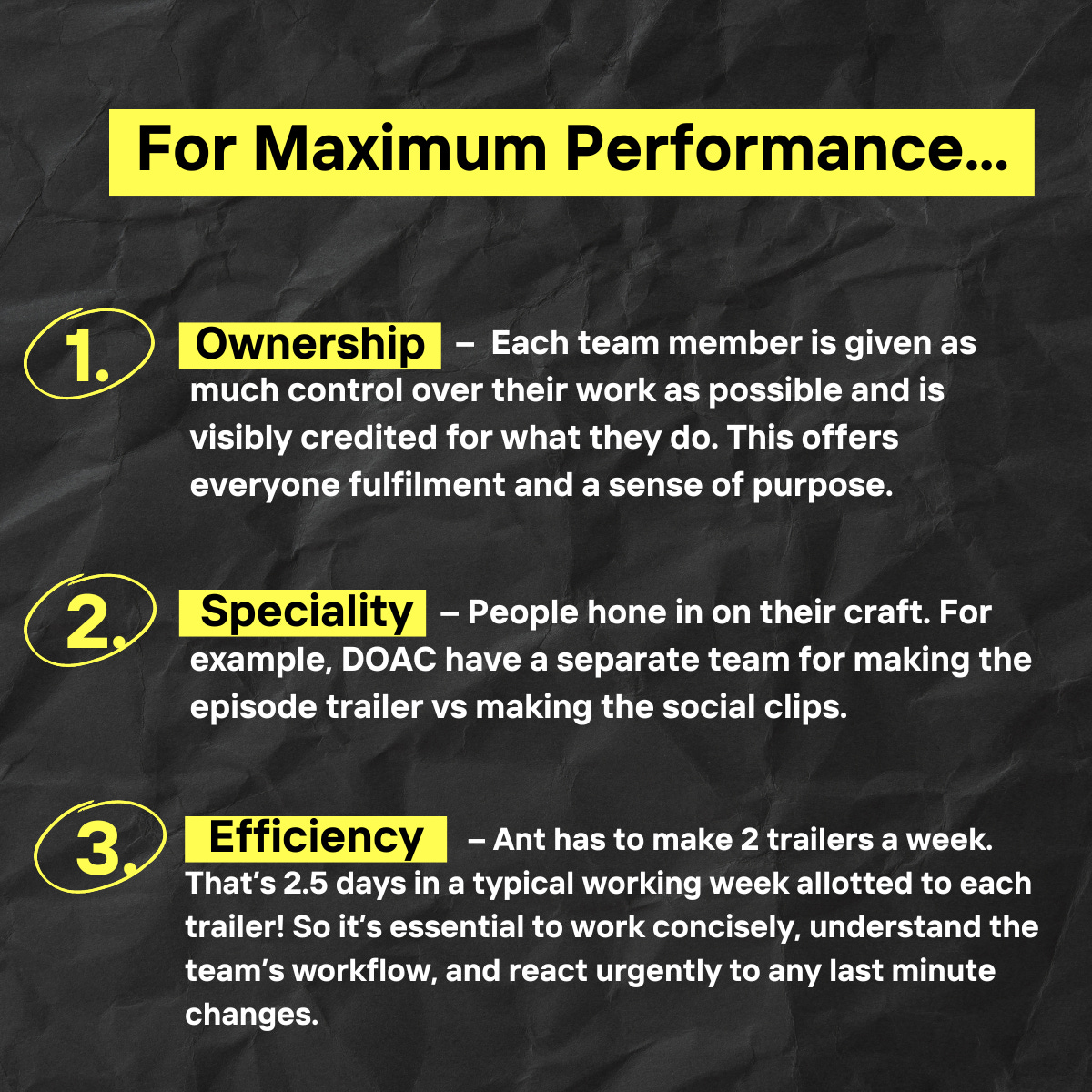
Amazing guests and all of them dropping serious nuggets to level up
Insane read, coming from someone but is building out a YouTube agency for successful business's and content creators, this is a really insightful read. Thanks for sharing